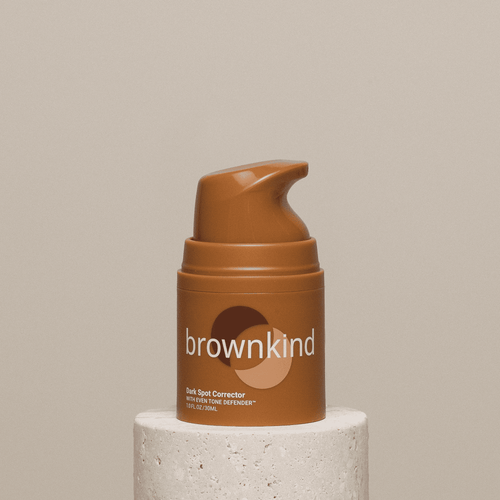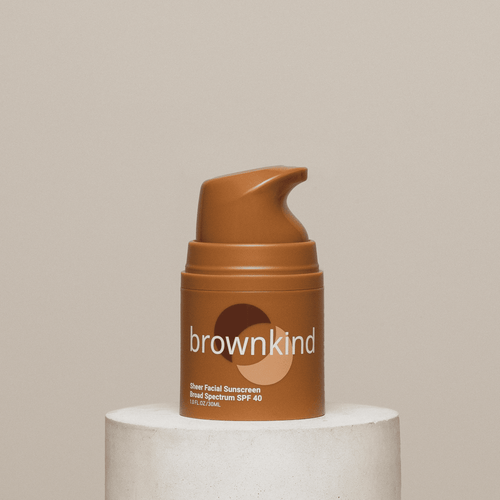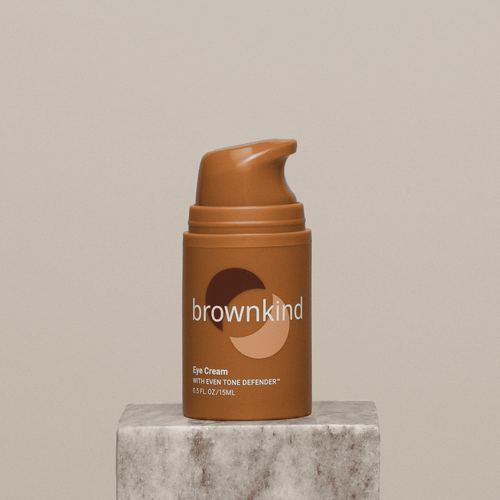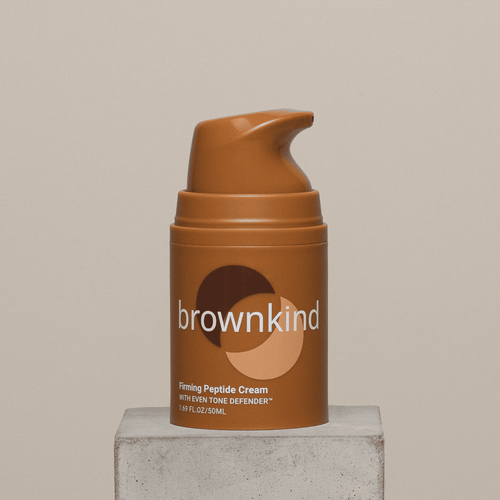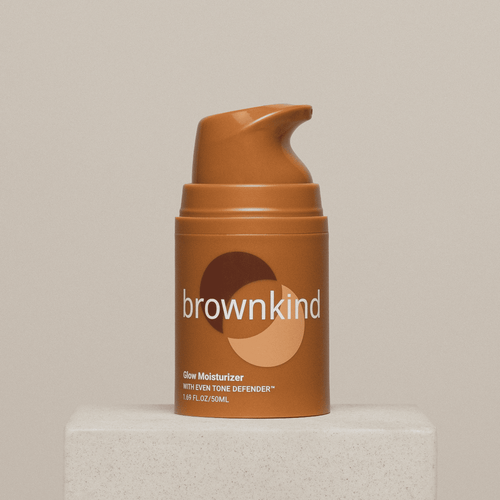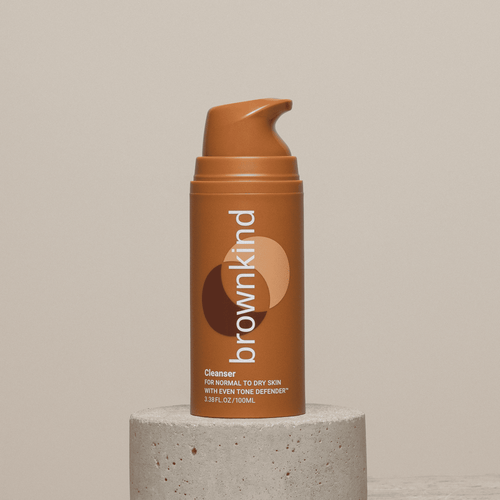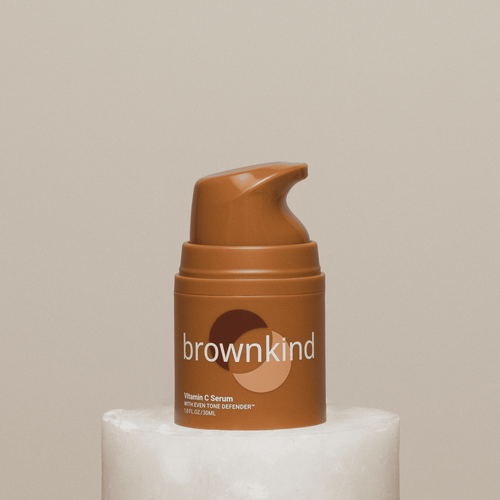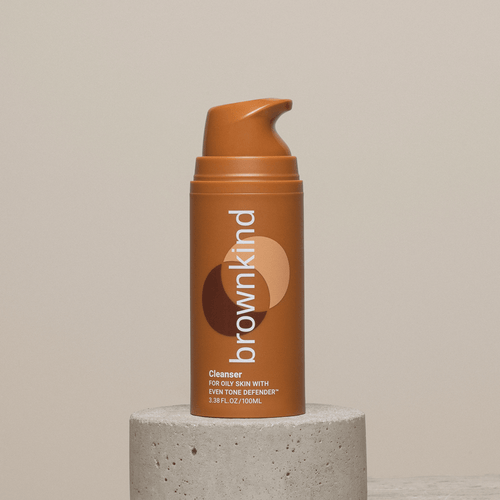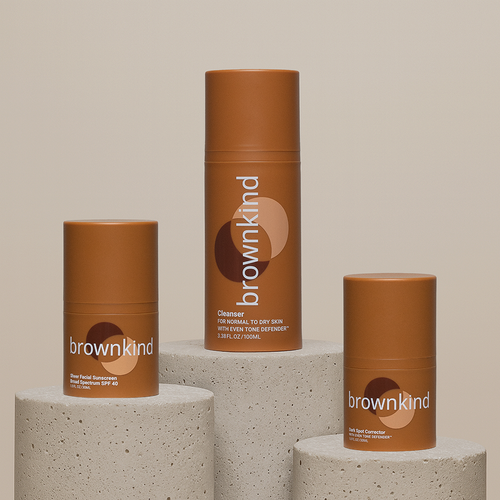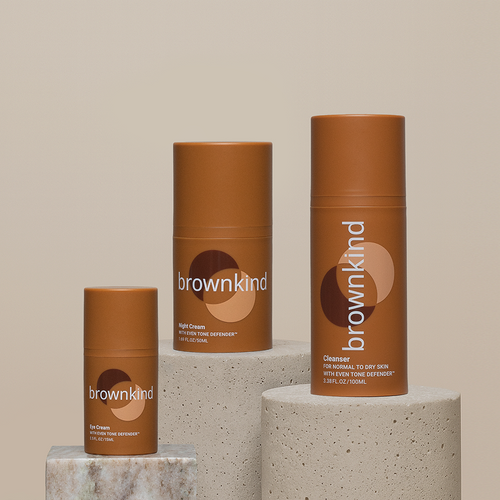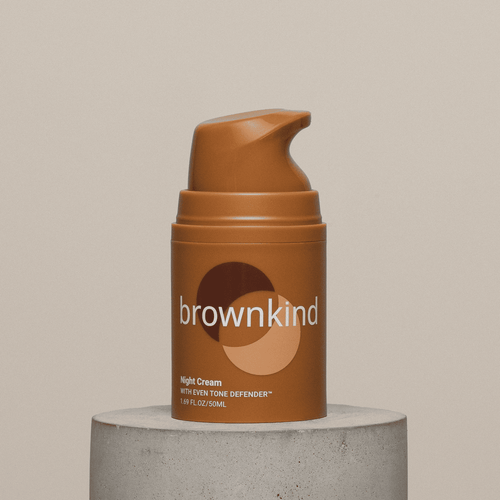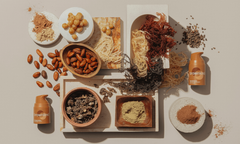Share
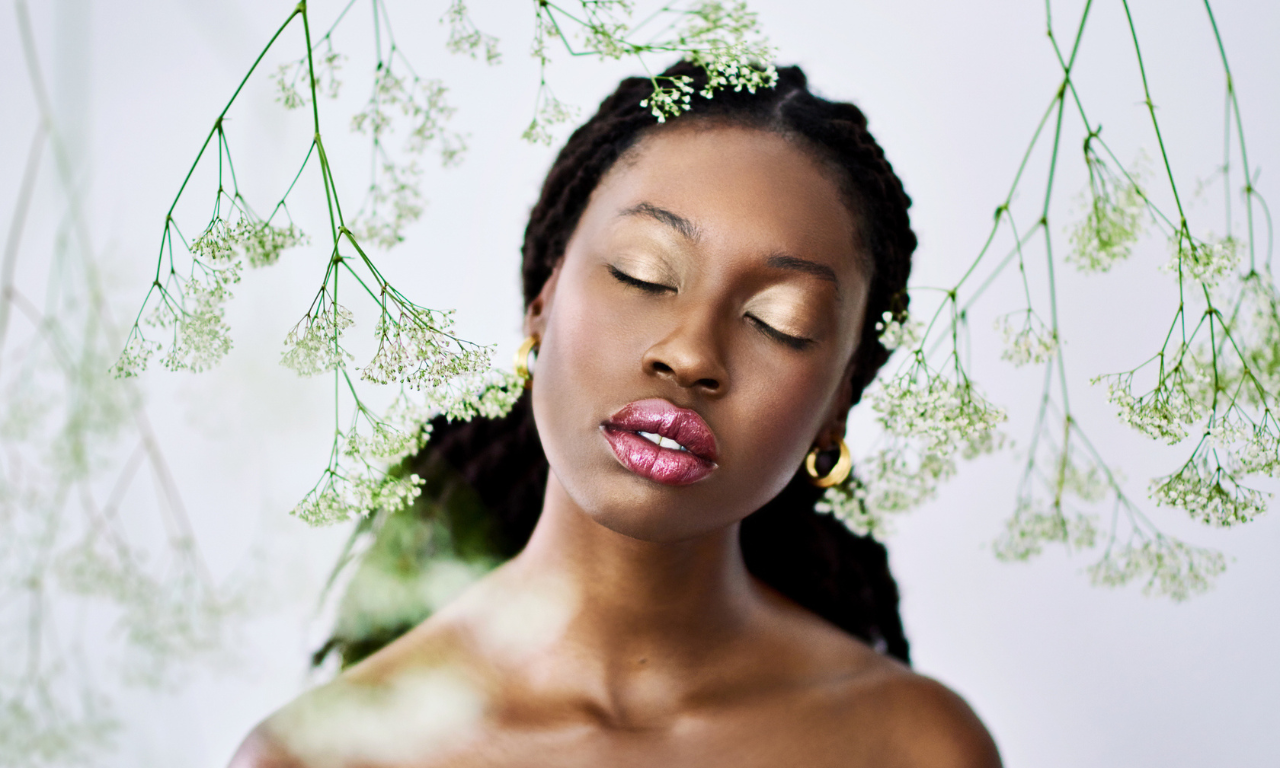
As winter fades and the days grow longer, your skin’s needs start to shift. Melanin-rich skin may retain moisture better than lighter skin tones, but the transition into spring brings new challenges: increased oil production, UV exposure, and environmental triggers that can lead to dullness, uneven tone, or seasonal breakouts.
Spring is the perfect time to refresh your skincare routine—not to overhaul it, but to adjust it. With a few thoughtful changes, you can keep your complexion hydrated, balanced, and radiant all season long.
Why Spring Affects Skin Differently
As temperatures rise and humidity levels climb, your skin may behave differently than it did during colder months. These seasonal shifts can influence everything from oil production to irritation levels:
- Increased oil production: Sebum levels often rise with humidity, which may leave skin feeling greasy or more prone to clogged pores and breakouts.
- More sun exposure: Longer days mean more time in the sun, and UV levels climb significantly—even in early spring. Without protection, this can trigger hyperpigmentation or uneven patches.
- Lingering winter dryness: Even as the air warms, skin may still be recovering from dry, heated indoor air and reduced hydration during winter.
- Seasonal allergies: Pollen and airborne allergens can cause redness, irritation, and sensitivity, especially if you have reactive skin.
Understanding how your skin reacts to the change in season is the first step in crafting a routine that supports it well.
Spring Skincare Routine for Melanin-Rich Skin
Spring is all about balancing hydration, protection, and clarity. Melanin-rich skin benefits from routines that focus on tone support, barrier strength, and inflammation control. Here’s how to structure your daily routine:
Morning Routine: Hydrate & Protect
Cleanser
- For normal to dry skin, use a gentle, non-stripping cleanser that maintains hydration and protects your skin’s natural oils.
- For oily or acne-prone skin, opt for a cleanser with 1% salicylic acid to help manage excess oil and keep pores clear.
Niacinamide serum (optional)
This calming antioxidant supports tone balance and helps defend against environmental stressors, especially important in spring when UV exposure and pollen levels rise.
Lightweight Moisturizer
Choose one with ingredients like glycerin, squalane, or saccharide isomerate, which hydrate the skin without adding excess weight or shine. These ingredients help lock in moisture and support the skin barrier as humidity increases.
Sunscreen (SPF 30 or Higher)
Daily SPF is essential for melanin-rich skin to help prevent UV-induced pigmentation and preserve tone clarity.
Note:
- SPF 30 blocks approximately 97% of UVB rays
- SPF 40 blocks about 97.5%
- SPF 50 blocks up to 98%
Want to learn more? Check out our full sunscreen guide.
Evening Routine: Repair & Rebalance
Cleanser
Stick with your morning cleanser, choosing one based on how your skin feels at the end of the day. You don’t need a double cleanse unless wearing heavy makeup or sunscreen.
Vitamin C serum (optional)
A nighttime antioxidant that supports collagen and skin clarity. Vitamin C works well in the evening, where it’s protected from oxidation and can help restore balance after sun exposure.
Targeted Treatment
If treating hyperpigmentation, apply your dark spot corrector before your moisturizer. Treatments work best on clean, product-free skin.
Night Cream or Moisturizer
Use a cream with ceramides, peptides, or glycerin to support overnight recovery and barrier strength while your skin restores itself during sleep.
5 Seasonal Adjustments to Support Healthy Spring Skin
1. Switch to Lightweight Moisturizers
Heavy winter creams can be too much for spring. Swap to moisturizers that hydrate without feeling greasy—look for ingredients like glycerin and saccharide isomerate that absorb easily and keep skin soft.
2. Limit Exfoliation to Once Every Two Weeks
You might feel tempted to slough off “winter skin,” but too much exfoliation can damage the barrier. Stick to gentle, enzyme-based or lactic acid exfoliants, and limit to once every two weeks unless directed otherwise by a professional.
3. Watch for Seasonal Breakouts
More heat and humidity can lead to increased oil production. Prevent congestion by:
- Using a cleanser with 1% salicylic acid
- Switching to water-based moisturizers
- Avoiding heavy foundations or switching to minimal, breathable makeup
4. Be Consistent with Sunscreen
UV levels are higher in spring—even when it doesn’t feel hot. Apply SPF daily and reapply every 2–3 hours if you’re spending time outdoors. Protecting against new pigmentation is easier than treating it later.
5. Minimize Irritation from Allergens
Spring allergens can irritate the skin and compromise the barrier. To reduce reactivity:
- Wash your face at night to remove pollen and pollutants
- Use calming ingredients like aloe vera or centella asiatica
- Avoid tingling or stinging products—these often signal damage, not effectiveness
Lifestyle Tips to Support Spring Skin
Small, daily choices can also improve skin comfort and clarity:
- Switch to a silk pillowcase – Reduces friction and helps retain moisture overnight
- Use a humidifier indoors – Especially in air-conditioned spaces that dry out the air
- Move your body – Better circulation supports skin health and glow
- Stick to your routine – Even small changes add up when practiced consistently
Step Into Spring with Confidence
Spring skincare doesn’t require a full reset—just a few thoughtful adjustments. By switching to lighter textures, staying consistent with sunscreen, limiting exfoliation, and managing seasonal stressors like allergens and oil imbalance, you can keep your melanin-rich skin clear, calm, and radiant.
Your skin is adaptable, strong, and worthy of care tailored to the season. With just a few tweaks, it’s ready to thrive in spring—and beyond.
